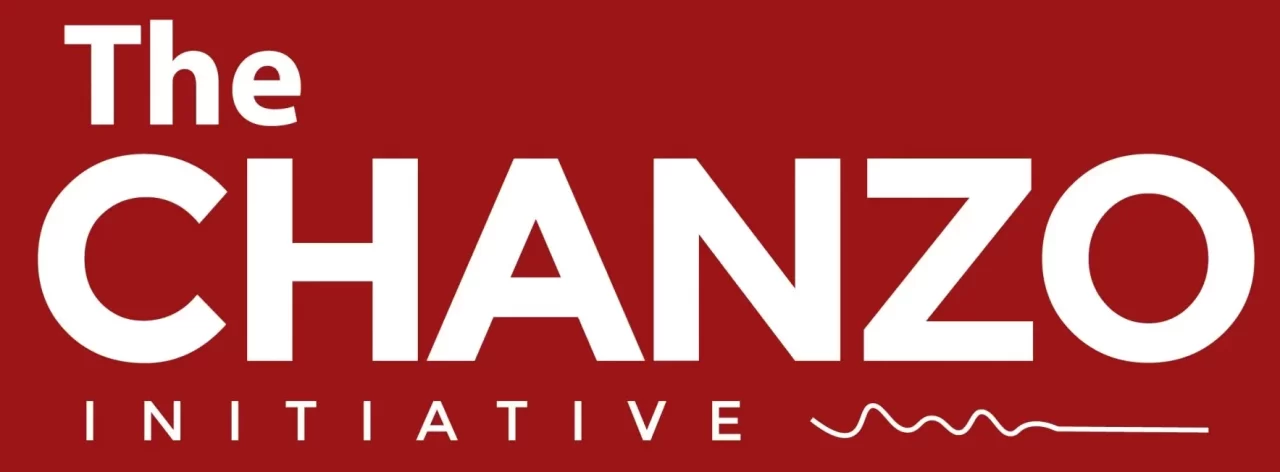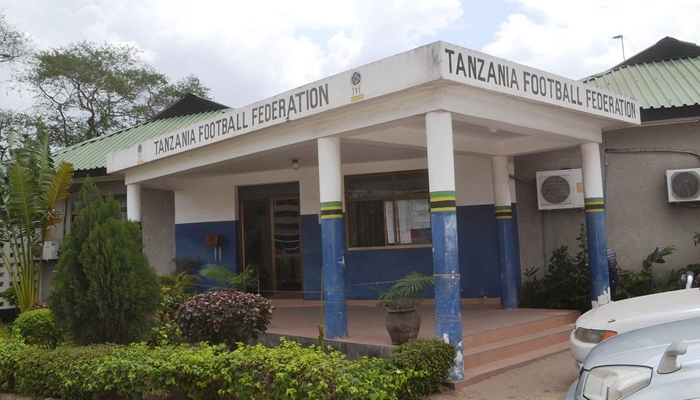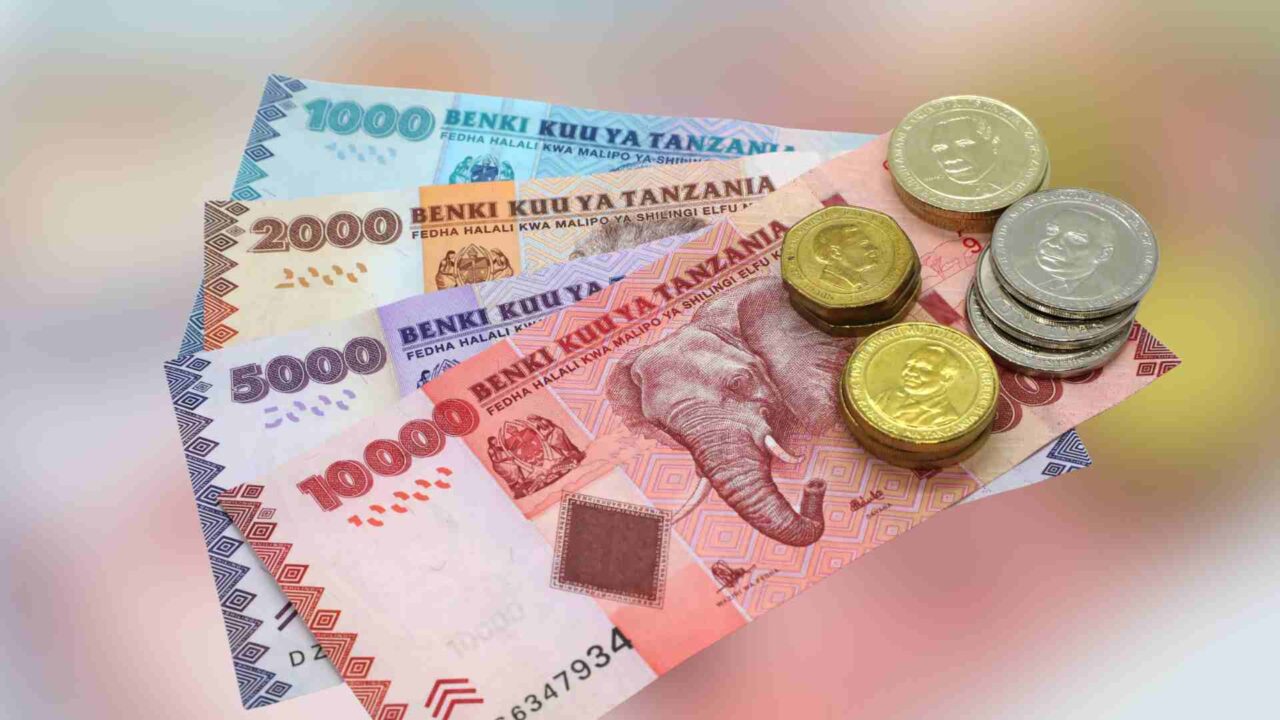On August 19, 2023, Zitto Kabwe* addressed the Working Session of Chairpersons and CEOs of State-Owned Enterprises and Other Public Bodies, which occurred in Arusha between August 19 and 21, 2023. Below is the full transcript of his speech. Some editing has been done to enhance readability.
When Treasury Registrar, Mr Nehemia Mchechu, called me from abroad and asked me to speak today, I was stunned because this was not normal for the past few years. This confirms the change of times with the assurance of the future.
I am honoured to speak before you today on this important day. I remember 12 years ago, I addressed a gathering like this, but it was for private sector executives, I referred to them as a gathering of wealth creators, jobs creators and taxpayers who wanted to hear about a dead discourse, and that is the role of the Public Enterprises in an economy.
Honestly, these notes are like my talking notes of a decade-plus away! Of course, I have made some changes here and there to suit the current context. But, as the famous The Citizen newspaper headline stated, It Is the Same Difference.
Today, I have one role I was asked to speak about the future of Public Enterprises (PEs) in our country. Also, to give some views on how they should be governed, be accountable, and manage public finance in Public Enterprises. My notes borrow massively from talking notes from over a decade ago when I had dinner with CEOs RoundTable.
It is not an easy topic as Tanzania has hundreds of PEs ranging from Crop Boards and Water Authorities to complex ones like TANESCO, Ports Authority, Pension Funds and the Bank of Tanzania. Moreover, the government, through Treasury Registrar, owns minority stakes in many private companies.
However, I will try my level best to explain my views – some of them are personal, and some of them are based on the views of other people, including local and international scholars, on the challenges and possible solutions for the future role of PEs in the national development agenda.
A little background
Adopting a United Nations definition of Public Enterprises, or State-Owned Enterprises (SOE), is important. A Public Enterprise can be considered an organisation established by the government under public law, such as the National Housing Corporation and Tanzania Petroleum Development Corporation, or by private law, such as TANESCO.
In either case, a Public Enterprise serves as a legal personality which is autonomous or semi-autonomous and produces or provides goods and services on a full or partial self-financing basis, and in which the government or a public body or agency participates by way of having shares or representation in its decision-making organs.
PEs continue to have a major presence in the Tanzanian economy. In preparation for this working session, I read the Treasury Registrar’s Statement of Government Investments to update myself with the latest data on the size of PEs in our economy.
In November 2011, when I spoke at CEOs RoundTable, there were 238 Public Enterprises in the country with a total value of investment – shareholding or capital funds – totalling Sh10.3 trillion, equal to 30 per cent of the 2010 gross domestic product (GDP).
As of June 2022, there are 279 PEs domestically and ten entities with some government ownership abroad, an increase of around 40 more government-owned institutions over a decade. Of these government investments, 72 entities are commercial, and 170 are non-commercial. The rest is semi-commercial.
The current Treasury Registrar’s Statement shows that total investments as of June 30, 2022, were Sh69.91 trillion. This value equals 49.3 per cent of the 2022 Tanzanian GDP of Sh142 trillion. Of course, many smaller PEs and a few larger ones constitute a big portion of this total investment into PEs.
Treasury Registrar’s Statement states, “Equity for Non-Commercial PEs accounted for the largest share with Sh43.40 trillion –62 per cent of total investment. The government investment in Commercial PEs, which have equity of Sh11.97 trillion (17 per cent), two pension funds, which have equity of Sh12.41 trillion (18 per cent), and semi-commercial PEs in which the government has invested the sum of Sh2.11 trillion (three per cent).”
While in 2011, 60 per cent of the government investment was in ten corporations – Bank of Tanzania, LAPF, PPF, NHC, NSSF, PSPF, RAHCO, TANESCO, TIB and TPA, in 2022, ten large corporations comprise just 33 per cent of the government investment in PEs. These are PSSSF, NSSF, NHC, BoT, TPA, TANESCO, TGFA, NHIF, TBA and government shares in the NMB Bank.
I must bring at this juncture an issue about how we categorise these investments, and I had some questions myself on how I treat a sum of Sh4.6 trillion loanable funds by the government to Higher Education Students Loans Board (HESLB) in the Treasury Registrar’s Statement.
Similarly, taxpayers’ funds to TAA (Sh7.3 trillion), TANROADS (Sh19 trillion) and NFRA (Sh318 billion). I decided to exclude them from the background analysis, but this is open to discussion in improving our reporting system, which could get some guidance today.
From Treasury Registrar’s Statement, we also see the role of PEs in revenue generation for the government. The Office of Treasury Registrar is mandated to collect non-tax revenue through dividends, 15 per cent contribution to the consolidated fund, loans repayment and remittances from respective PEs.
During the fiscal year ending June 2022, a total of Sh850 billion was collected from the latter, 80 per cent of which were dividends and 15 per cent contributions. Annual dividend collection of Sh360 billion is a positive step compared to a mere Sh19 billion in 2011.
It may be another topic that needs serious reflection when we think of the future and the role of PEs, especially on the recommendation about founding a Public Investment Corporation or something similar for purposes of investing and divestiture.
Privatisation
It must be recalled that in the early 1990s, Tanzania embarked on a massive privatisation process. Apart from the pressure put by institutions like the World Bank and IMF on our economy, privatisation was also important to counter corruption and mismanagement in PEs. Until December 2009, 331 corporations were privatised; to date, there are still some PEs in the process of privatisation under the auspices of the Treasury Registrar’s Office.
The government then collected about Sh440 billion from the privatisation process. These sums were put into government spending, but in some countries, revenue collected from this exercise was or is used for capital investments to spur growth.
It was quite different for Tanzania, where most of the money collected ended up as recurrent expenditure. Instead of investing, we are eating up our capital. Referring to the abovementioned point on the dividend and perhaps a 15 per cent contribution from PEs, we may use the money to invest in certain strategic PEs!
Currently, the government apportions money from its budget for capitalising existing parastatals or guaranteeing loans. If the proceeds from privatisation had been used to set up an investment corporation – a holding company – to capitalise corporations needing capital investment, and if this had been done strategically, the country would have benefited much from the privatisation process. Surely, this can be done now.
Global research shows that countries that pursued privatisation within a strategic policy framework for investment gained more from privatisation than countries that approached it haphazardly and consequently only had partial or no gains.
Indeed, the treasury sets aside funds to subsidise PEs across the country. I was not able to get the numbers from the current budget. An area for improvement in the Treasury Registrar report should be transparency regarding the transfers from the treasury to the PEs.
Obviously, we can get this from budget books, but a simple annual report on the subsidies to PEs would help the public understand the amounts of their money running these institutions. Perhaps, this taxpayers’ money could have been put to better use.
There are huge improvements in the performance of PEs, especially since the Office of the Treasury Registrar was given wider mandates in 2014 when the latter assumed all roles and functions of the defunct Consolidated Holding Corporation (CHC), a statutory corporation established by the National Bank of Commerce (Reorganization and Vesting of Assets and Liabilities) Act [Cap. 404].
As we saw above, public corporations are paying their dividends timely. However, a large proportion of dividends to the government are paid by private companies with government minority shareholdings like NMB Bank, Mbeya Cement, Airtel, Kilombero Sugar and others. Commercial parastatals can and should be able to pay more in terms of dividends.
Multiple principals, multiple goals
Obviously, if owners of a firm are not clear about their goals, they can hardly expect to achieve them.
Managers of PEs in Tanzania are in a difficult situation as they have multiple principals, often with conflicting goals. The CEO of TPDC, for instance, is accountable to the Ministry of Energy, Ministry of Planning (Treasury Registrar), Parliamentary Committee for Energy and Minerals and Parliamentary Committee for Public Investments.
It used to be even more complex when this same CEO reports also to the TPDC Board, which was packed with politicians, some of whom were members of the same Committee to which the PEs are accountable. And if a parastatal was specified for privatisation, you should add another institution, PSRC/Consolidated Holdings.
It used to be a hell of bureaucracy. Currently, there are some changes, the number of reporting institutions with different goals have been reduced. It should be further streamlined.
In the private sector, without a doubt, I can argue that shareholders’ overall objective is to maximise returns to their investments. In the public sector, you will have stakeholders in government who would like to have efficiency while others want equity, and you can still have some who just want to enrich themselves through tenders or outright theft. Their interest is neither efficiency nor equity.
I have suggested numerous times and on different occasions that we address this challenge by creating the Office of Public Enterprises (OPE), which will be responsible for government oversight of all PEs.
It shall sign performance contracts (PCs) with PEs’ Boards and enforce them; Boards consequently must sign PCs with CEOs with clear goals and objectives. Office of Public Enterprises would be under a specific Ministry responsible for PEs.
Parent Ministries of PEs shall only be responsible for sectoral policy matters and not operational. I see this is the route taken, and I hope it succeeds. I know the power play to come. I envy the current occupier of the Treasury Registrar’s office, not.
Appointments
Currently, Chairpersons of Boards of SOEs in our country are appointed by the President, while the Ministers of the Parent Ministries of such SOEs appoint the members of such Boards.
At the same time, Chief Executive Officers of the SOEs are also appointed by the President, creating a battle for power supremacy since the same authority appoints both parties. The best practice should have been for the Chief Executive Officers to be appointed by the Board of Directors instead of by the same appointing authority.
The President should be left with the responsibility of appointing Chairpersons of the Boards of Directors after a competitive process while appointing Chief Executive Officers of such PEs should be the responsibility of the Boards of Directors.
PEs face continuing risks of political interference, cronyism and corruption in their governance and operations. Ineffective PEs have failed to contribute to development and have siphoned-off resources, as I have stated above, that could have gone to development activities, thus creating significant opportunity costs in our resource-scarce economy.
The costs of continuing to subsidise unprofitable state enterprises have taken a heavy toll on the Treasury.
Ownership, management
The government has interests in several private companies. I counted 37 private companies with government interest, the biggest in terms of value is NMB Bank. All the government equity in these private companies is worth around Sh2 trillion.
The government owns 50 per cent of BP (T) Limited, 50 per cent of TIPER, 49 per cent of Airtel Tanzania, 30 per cent of NBC Bank, 29 per cent of East African Cables, 25 per cent of Mbeya Cement Ltd, 25 per cent of Kilombero Sugar, same amount of percentage of TPC Moshi and many others to mention just a few where it owns as less as 2.2 per cent, one example is Tanzania Cigarettes company.
This shareholding interest is managed by the OTR, just like others where the government owns most shares. We should register Consolidated Public Investments Holdings to own and oversee government interests in private companies with a mandate to invest and divest based on public policy and national interest.
I further suggest that 25 per cent of the CPIH be sold to Tanzanians at a huge discount through an IPO and eventually list the shares at DSE.
Countries like Singapore with Temasek and Malaysia with Khazana have successfully managed government shares in private companies.
Need for Policy
Tanzania has no Public Enterprises policy. As a result, the government could not clearly determine the development contribution of PEs and rationalise their structure. In South Africa, for example, the government declared the goal of PEs would be to contribute to sustainable economic and social development.
That is to attract FDIs, contribute to the reduction in public borrowing and assist in developing an economy that promotes industrial competitiveness and growth and increased domestic saving.
The South African Presidency reviewed the sector, developed policy guidance, and formulated a strategy to achieve this. It also formed a Ministry of Public Enterprises to rationalise the sector and offer strong oversight.
Due to the size of the Public Enterprises sector in the economy, Tanzania needs to formulate a PEs policy, but before that, we must assess the sector. Lack of policy orientation leads to distraction, loss of focus, and failure.
As we are writing a new vision for the country, it is high time that we formulate a Public Enterprise policy so that PEs fully contribute to realising the vision. Similarly, when the Five Years Development Plan is developed, the role of the PEs must be identified and aligned.
We need to explore this as we hold these conversations about the role of PEs in the development of our country.
Other suggestions would be establishing Consolidated Public Investments Holdings to own and oversee government interests in private companies with a mandate to invest and divest based on public policy and national interest. I further suggest that 25 per cent of the CPIH be sold to Tanzanians at a huge discount through an IPO and eventually list the shares at DSE.
Conclusion
The setting up of Public Enterprises in our economy to ameliorate the problem of ‘market failure’ brought in ‘government failure’ with its impact on ‘managerial failure’ and other deficiencies in PE management.
The governance challenges must be addressed to achieve ‘synergy’ between the state and the market. The assumption that State has no role in economic activity and that markets do not fail has proved incorrect.
Although not much, we have seen some PEs doing well in Tanzania and paying dividends. The paradigm of ‘synergy’ between state and market achieved by China, which opened its economy for private enterprises without privatising their PEs, can even be adopted by the existing corporations in Tanzania.
I would like to finish with the words of a former Malaysian Prime Minister, Dr Mahathir Mohammad, who is my role model and a mentor on the importance of the public sector and its ability to deliver quality services: “The quality of an effective government administration cannot be lower than that of its clients – specifically the private sector.”
I believe in these words since the public sector must deliver, too.
*Zitto Kabwe is the leader of the opposition ACT-Wazalendo party. Between 2008 and 2015, he served as the Chairperson of the Parliamentary Public Accounts Committee and Public Organizations Accounts Committee. He is also a former MP for Kigoma North and Kigoma Urban constituencies. He is available at zittokabwe@gmai.com. These are the writer’s own opinions and do not necessarily reflect the viewpoints of The Chanzo. Do you want to publish in this space? Contact our editors at editor@thechanzo.com for further inquiries.




